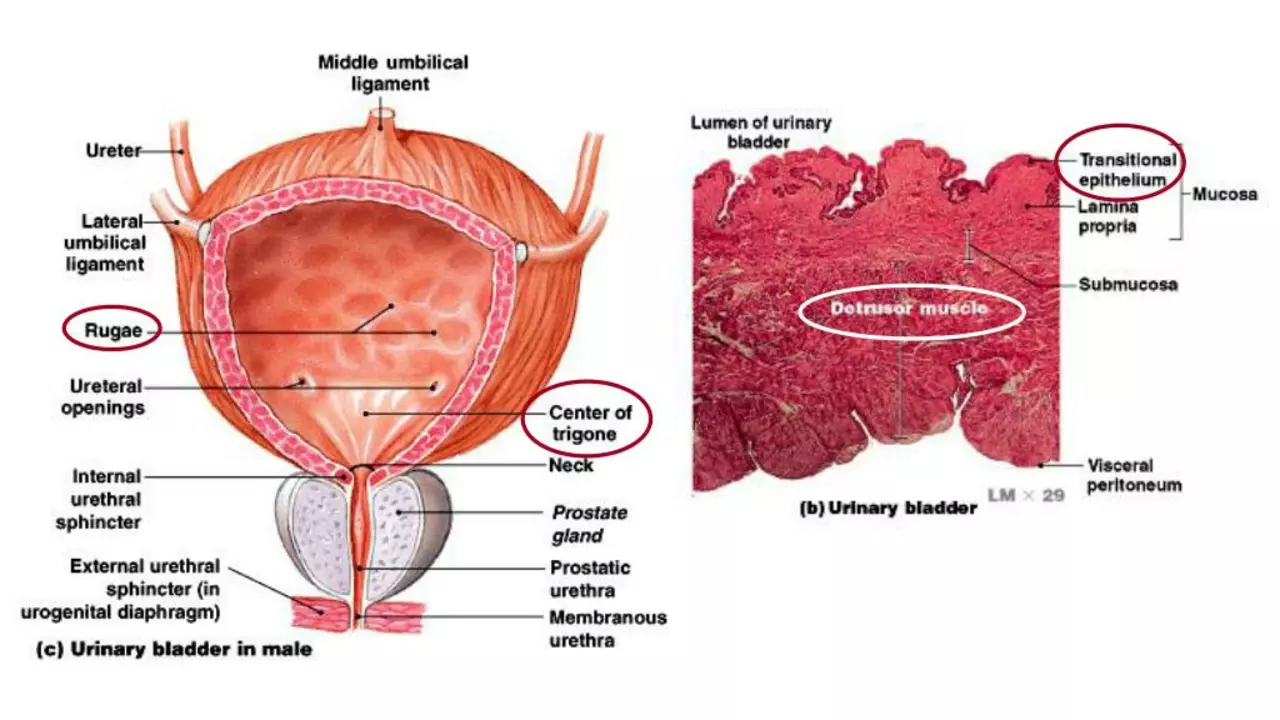Hydration: Practical Guide to Water, Electrolytes and Medication Safety
You lose water all day—through breathing, sweat, and trips to the bathroom. Even a 1–2% drop in body water can make you tired, foggy, or lightheaded. That small change affects focus and how medicines work. Here’s how to stay hydrated without overthinking it.
How much and when to drink
There’s no one-size-fits-all number. A quick rule: sip regularly, and let urine color be your guide—pale straw is good, dark is a warning. Aim for regular, steady drinking rather than gulps in a panic. If you exercise, add 300–500 ml (10–17 oz) for every 30 minutes of heavy sweat. Hot days, long flights, and fever also raise your needs.
Thirst is useful but not perfect—older adults and some meds blunt it. If you’re older or take drugs that affect fluid balance, set a reminder to drink small amounts every hour.
Electrolytes, sports drinks, and illness
Water handles most daily needs. Electrolyte drinks matter when you lose a lot of salt and potassium—long workouts, heavy sweating, or vomiting/diarrhea. Use a low-sugar oral rehydration solution or a sports drink for those situations. Avoid high-sugar sodas; they can make diarrhea worse.
If you’re sick with vomiting or diarrhea, sip an oral rehydration solution in small, regular amounts. Don’t wait until you’re dizzy or can’t stand—early, steady sipping prevents bigger problems.
Alcohol and caffeine dehydrate some people. A coffee or a beer won’t ruin hydration on its own, but match them with water and watch how you feel.
Got kidney disease or heart failure? You may need a fluid limit. Follow your doctor’s plan—what helps most people can be dangerous if your body can’t handle extra fluid.
Medication interactions matter. Diuretics, some blood pressure meds, and laxatives raise dehydration risk. Anticholinergic drugs and certain antidepressants can cause dry mouth and make you drink less. If you’re on meds, ask your pharmacist whether your medicines affect fluids or electrolytes and whether you need to change how much you drink.
Quick, practical habits that work: carry a refillable bottle, drink a glass with each meal, set phone reminders, and check urine color in the morning and afternoon. If you're exercising, weigh yourself before and after to estimate fluid loss—each pound lost equals roughly 500 ml (16 oz) you should replace.
Know the red flags: severe dizziness, fainting, confusion, very low urine output, or rapid heartbeat. Those call for urgent care. Mild headaches, dry mouth, or darker urine are signs you should up your fluids now.
Hydration is simple when you make it a small habit. Keep water handy, use electrolytes when sweat or illness strips salts, and check with your healthcare team if you take medicines that change how your body handles fluids.
- Colin Hurd
- Jul, 16 2023
- 6 Comments
The role of diet and hydration in managing bladder and urinary incontinence symptoms
Managing bladder and urinary incontinence symptoms can be significantly influenced by our diet and hydration levels. Certain foods and drinks such as caffeine, alcohol, and spicy foods can irritate the bladder and exacerbate incontinence. On the other hand, maintaining proper hydration is crucial as dehydration can lead to constipation, which can worsen incontinence symptoms. It's important to drink enough water and eat a balanced diet rich in fiber to support healthy bladder function. So, our daily eating and drinking habits can play a vital role in managing these symptoms.

